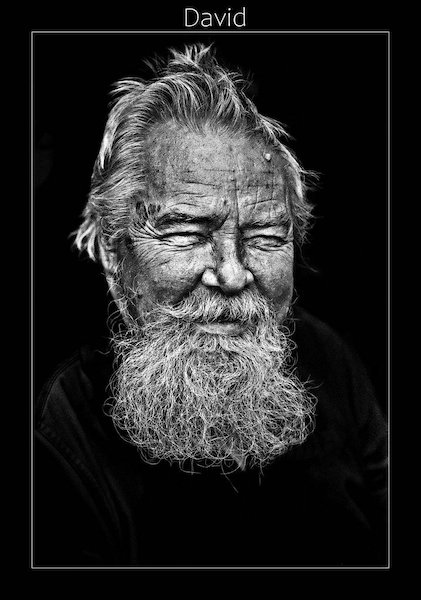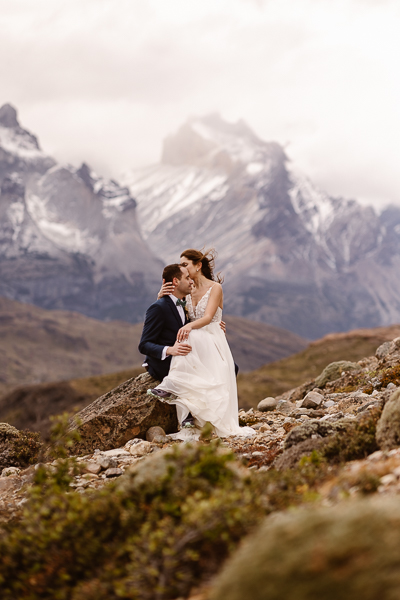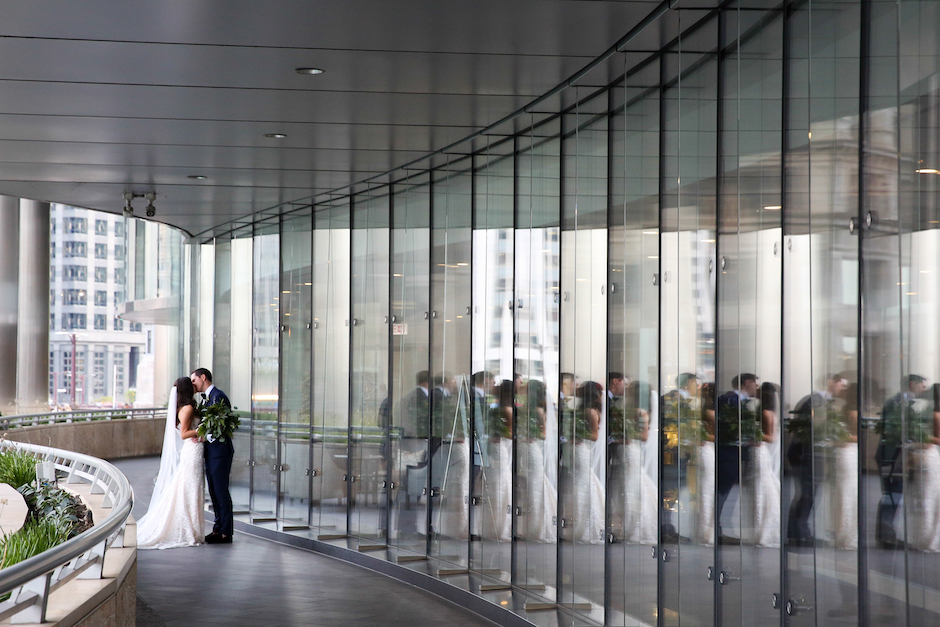Profiles
Richard Tuschman Reveals The Magic Behind His New Photos
April 14, 2021
Childhood photos captured by a parent don’t always reflect moments observed by a child’s eyes. Fine-art and commercial photographer Richard Tuschman—known for his carefully staged, viral-hit photos series Hopper Meditations and Once Upon A Time In Kazimierz—decided to explore this idea on a personal level by going back in time and photographing his own childhood memories from the 1960s. Tuschman’s latest series, My Childhood Reassembled, is both a visual memoir and the mark of an intriguing career mixing portraits, dollhouse furniture and Photoshop. Completed during the COVID-19 pandemic, the highly anticipated series was collected by Klompching Gallery for a virtual exhibition, on view through May 13, 2021.
My Childhood Reassembled took four years to come to fruition, but using dollhouse furniture didn’t simply arise from the need to recreate his childhood home. The mix of literal crafting and the craft of photography for Tuschman can be traced back decades, through multiple fine-art series, to his first job out of art school: creating miniature stage sets for an architectural supply store.
[Read: How I Light—Richard Tuschman Explains the Complexity Behind His Painterly, Fine-Art Looks]
At the time, Tuschman didn’t have the photography skills to record the sets that he’d made. He says he entered photography “through the back door,” via Photoshop. Fresh out of art school, Tuschman originally pursued painting. When Photoshop was released, he tried the software as a printmaking tool to mix personal photos and paintings. At the time, Tuschman worked as a graphic designer and painted on the side.
“Photoshop was really a darkroom that seemed very intuitive, unlike the actual darkroom that felt very foreign to me. I was befuddled by all the chemistry,” Tuschman says. “I started using Photoshop to make these digital montages. Photoshop got me into photography itself.”
[Read: Photographer You Should Know—Frieke Janssens, Portrait Provocateur]
Richard Tuschman’s Photoshop montages led him to creating book covers, commercial work that the photographer still does today. Those assignments pushed the artist to learn more about photographing people, and as time went on, the root of his work shifted from Photoshop to his camera.
The photographer’s first job out of college assembling architectural sample sets eventually collided with his book cover portraits. His series Hopper Meditations first blended scenes of dollhouse furniture with real-life models using Photoshop. The series, like much of Richard Tuschman’s work, was inspired by his original love for painting, and it was directly inspired by the painter Edward Hopper. The series uses a painterly style as well as Hopper’s “open-ended narratives,” as the photographer describes. “I was specifically looking for an overarching theme that I could use my diorama skills and love for art history and expressive lighting.”
[Read: Photographer Chris Schoonover’s Retro Sensibilities]
After Hopper Meditations, Richard Tuschman went from a story inside a single photo to a series of photographs designed to tell one story in Once Upon A Time In Kazimierz. The series was also crafted with dollhouse furniture and like Hopper Meditations, Tuschman intended the story to be open-ended, for the viewer to fill in the gaps. But, as a series, the viewer also has the flexibility to rearrange the photographs. Kazimierz is also inspired by painting, but the time and location is derived by the artist’s family history and the town from where his late wife grew up.
His latest fine-art series is the most personal yet. In My Childhood Reassembled, Tuschman created a miniature of his ’60s Midwestern suburban childhood home, including multiple rooms as well as the exterior. Using actual childhood photos and memories where photos didn’t exist (such as in the kitchen), he focused on details down to the pattern on the wallpaper.
[Read: The Ever-Clever Olivia Locher’s Interesting Dance with Virality]
Where earlier series used several purchased furniture pieces, Tuschman wanted to create a level of detail that didn’t work for readily available dollhouse furniture. The pattern on the couch, for example, he recreated in Photoshop, printed and upholstered to a doll-sized couch. Using a laser cutter, he recreated his childhood dining room chairs and even the windows in his home. The walls were created out of half-inch insulation foam. Because he crafted the entire set by hand, the Childhood series took four years to complete—twice the time he spent on the Hopper series.
“I just love working with my hands,” Tuschman says. “I like having a part of the process that’s not behind the computer or behind the camera. To build these sets, I find really satisfying in a sort of primal way.”
[Read: Photographer You Should Know—Cait Oppermann’s Playful Style]
Once the sets are built, Richard Tuschman works to light and photograph the scenes in order to later create portraits with matching light. He used incidental dollhouse lights, mini LEDs and, to create the window light, speedlights. Tuschman often saves lighting inspiration in the story boards he builds for each project. “The dioramas actually give me a huge advantage because I can assume points of view that would be impossible on a full-size set,” he says. “I can move walls. It gives me a lot of flexibility that I wouldn’t have in a full-size space.”
Finding models that resembled his family—and himself as a child—was another challenge. The photographer says it took him two years to find a model for the role of his mother. Most of the models were photographed in different places, he said, across several cities and two continents. Only two of the models were photographed in the same room. Some were captured in rented studios and even the artist’s apartment.
[Read: Photographer Brad Ogbonna Searches For His Artistic Storytelling Identity]
Preparation is key for both lighting and building a repertoire with the subject, the photographer says. The latter, Tuschman adds, is something that’s still a work in progress for him.
“Part of the fun is not being too married to any particular facial expression for any particular scene. I like to have choices. Sometimes, a scene ends up being quite different than I had pictured it,” he says.
Richard Tuschman finished the last of the Childhood portraits in March of 2020, just before lockdowns due to the ongoing pandemic, which gave him the rest of the year to Photoshop the models and dioramas together. The result is 14 photographs of recreated memories that the artist describes as “especially magical, at times mysterious, and at times bewilderingly sad.”
[Read: Fantastical Photographer and Filmmaker Amber Gray Never Sacrifices Her Ambitions]
The photographer has already began working on his next fine-art series. “The ideas just bubble up. I almost always get one when I am working on a current series,” he says. “That’s the one nice aspect to how long they take to do: I can come up with the next one. I never end up with a terrifying blank page in front of me.”
While Richard Tuschman set out with a dream of becoming a painter, the photographer says he loves his work. “This strange technique of making miniature sets just allows me to do all the activities of art-making that I’ve synthesized over the years into these photographic montages. I really like all of it.”
[Read: Jeremy Cowart Opens Up About Creative Ambitions and Obstacles]
Behind the Portraits: Specific Techniques Explained by Richard Tuschman
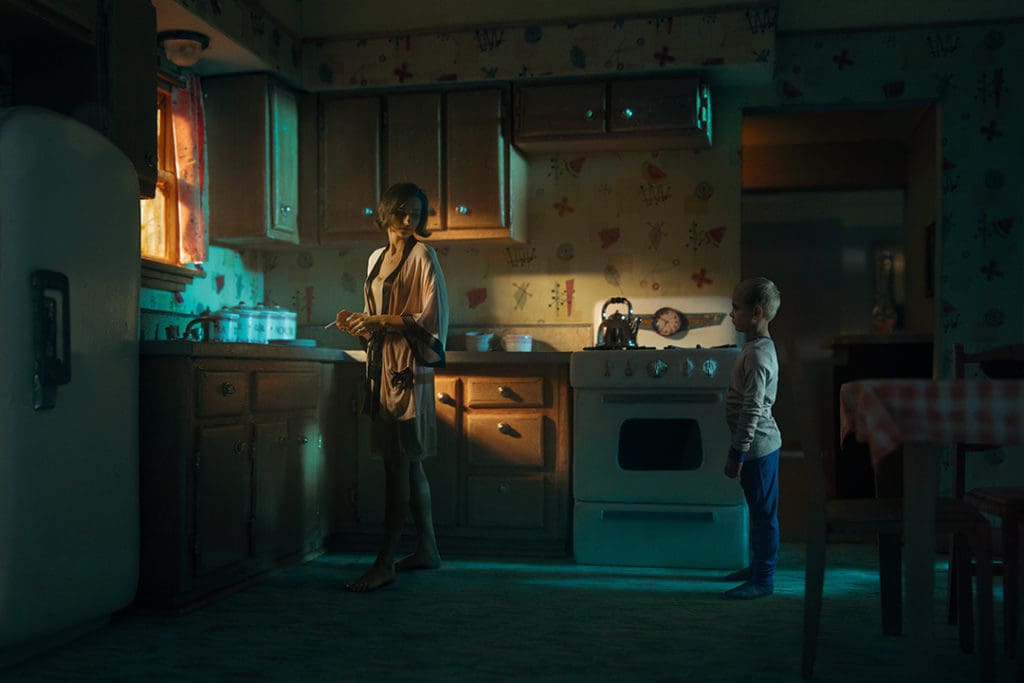
Early Morning (from My Childhood Reassembled)
The set is a dollhouse-size diorama—standard 1 inch is 1 foot scale—that I made in my studio. I lit and photographed that first. Then I posed and lit each of the live models in two separate shoots, carefully matching the lighting and point-of-view that I used in photographing the diorama. The images were then combined and color-corrected in Photoshop.
To light the diorama, I placed one speed light with a 1/2 CTO gel outside the window on the left. I experimented with the power and placement until I achieved the desired effect. I placed another speed light with a 1/2 CTB gel coming from the right, through a doorway that existed on the right wall out of the frame. I experimented to achieve the desired ratio, and I used small wood mannequins (to scale) to determine the placement and lighting on the eventual live models.
To light the live model on the left, I placed an Elinchrom Ranger Quadra flash head about 8 feet to the left of the model and about 6 feet high. I modified the light with an 15-inch square softbox and a 1/2 CTO gel. I set up a “window pane” gobo that I made out of foam core about 3 feet to the left of the model (where the window would have been in the diorama) to mimic the shadow made by the window panes and counter. I asked the model to face the window, then turn back at the hips, straight faced, as if to look at someone approaching her from behind.
To light the boy on the right, I used the same setup as with the woman, except I used a 1/2 CTB gel here, and there is no gobo used. The light source was further away from the boy by a few feet, too. I asked him to stand with his hands at his sides, and to look straight ahead without smiling.
Diorama Photo Technical Specs
Camera: Canon EOS 5DS
Lens: Sigma Art Zoom 24-105mm f/4
Focal Length: 42mm
Aperture: f/13
Shutter Speed: 1/160 sec.
ISO: 500
Lighting: Yongnuo YN560 speed light
Live Models Photo Technical Specs
Camera: Canon EOS 7D
Lens: Sigma 50mm f/2.8 Prime
Aperture: f/5.6
Shutter Speed: 1/160 sec.
ISO: 200
Lighting: Elinchrom Ranger Quadra 400W/s head
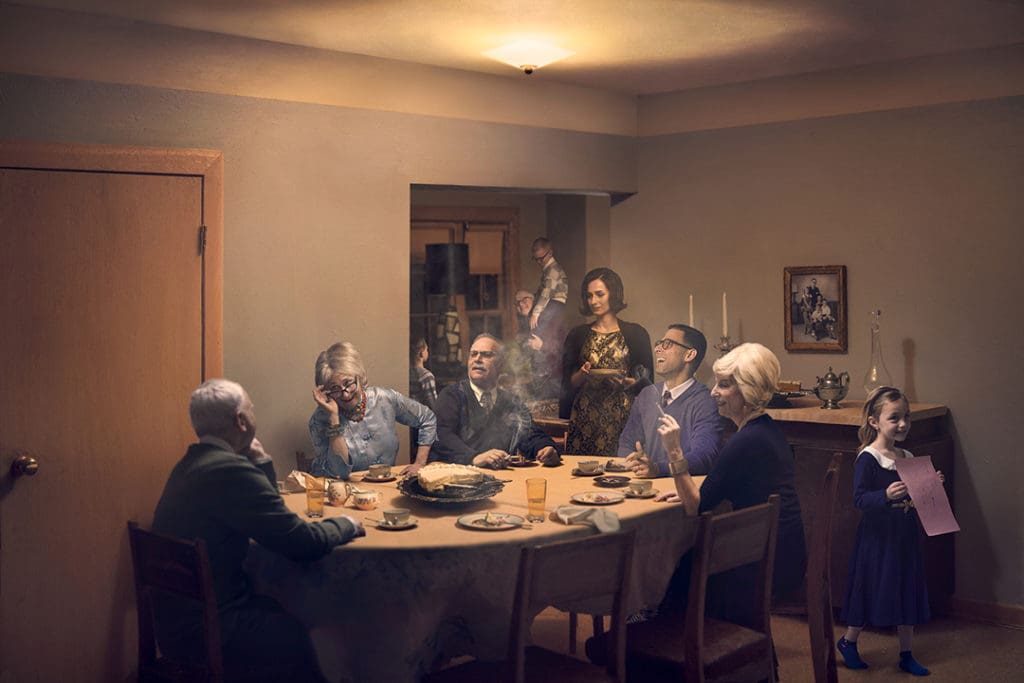
Company at Dessert (from My Childhood Reassembled)
This image uses the same technique as the first: I lit and photographed the dollhouse-size diorama first, then posed and lit each of the live models in two separate shoots, matching the lighting and POV that I used in photographing the diorama. The images were then combined and color-corrected in Photoshop.
To light the main room in the diorama, I made a miniature translucent plastic overhead light fixture with a hole in the ceiling just above it. I placed a single Elinchrom Quadra head on the top side of the ceiling, facing straight down through the small hole. I used small wood mannequins to determine the desired amount and direction of light on the figures seated at the table.
The live models were all shot separately, except for the man with his back to the table and the man with the mustache smoking the cigarette, who were photographed together. I knew the arrangement of figures I wanted from the photos of the diorama with the mannequins, but the precise poses were worked out at each photo shoot of the various models.
I told the models I was looking for a lively after-dinner conversation, and everybody ad-libbed. I had a pretty good selection of variations to choose from to construct the final choreography. The figures were each lit by a single Elinchrom head, 8 feet off the ground on a boom arm, facing straight up into a half-closed silver umbrella. This gave me the effect I was looking for, mimicking the harsh light of the overhead fixture in the scene.
Diorama Photo Technical Specs
Camera: Canon EOS 5DS
Lens: Sigma Art Zoom 24-105mm f/4
Focal Length: 51mm
Aperture: f/18
Shutter Speed: 1/160 sec.
ISO: 250
Lighting: Ranger Quadra 400 W/s head, placed on top of diorama facing straight down through a small opening in the ceiling in the main room
Live Models Photo Technical Specs
Camera: Canon EOS 5DS
Lens: Sigma Art Zoom 24-105mm f/4
Focal Length: 51mm
Aperture: f/11
Shutter Speed: 1/160 sec.
ISO: 200
Lighting: Elinchrom Ranger Quadra 400 W/s head, about 8 feet high, shot straight up into half-closed silver umbrella

